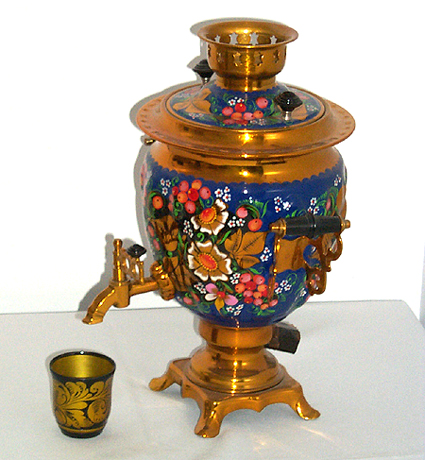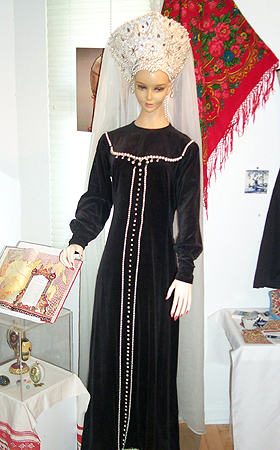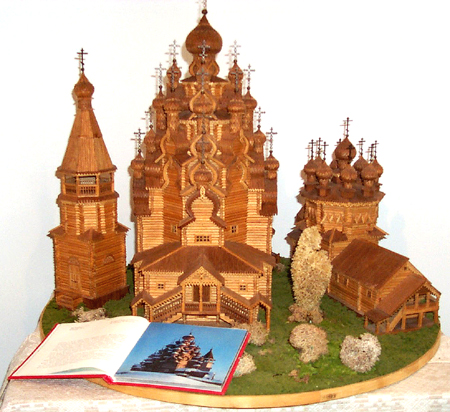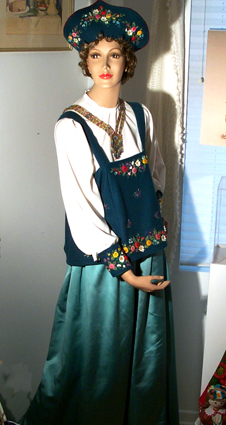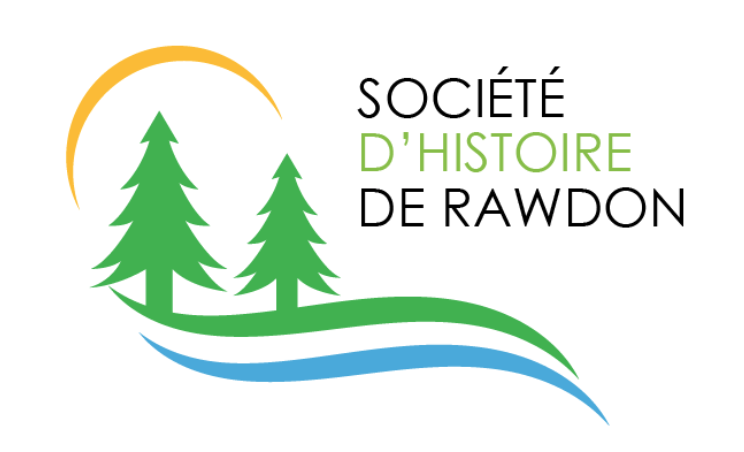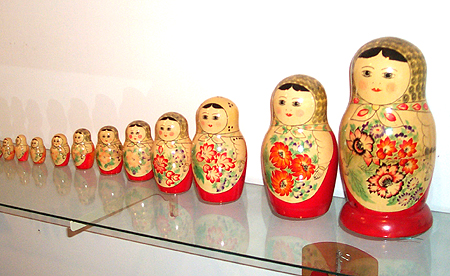
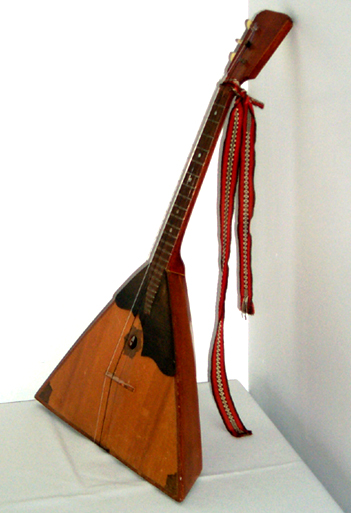
The first traces of the Russian community in Rawdon date back to 1929, when a certain Mrs. Jacob Kaghinski opened the first Russian boarding house. Three years later, Dr Kozatchenco purchased a residence at the corner of Albert Street and 11th Avenue. The Russian community continued to grow in the Dollard Street area, near 11th Avenue and 13th Avenue. Finally, the end of the Second World War brought a new wave of Russian immigrants to Rawdon. Today, there are about fifty Russian families, mainly integrated into the English-speaking community. Of interest, the founder of Les Grands Ballets canadiens, Mrs. Ludmilla Chiriaeff lived for many years in Rawdon. She is buried in the Russian cemetery along with her mother, her husband Alexis Chiriaeff and their son Glieb.
